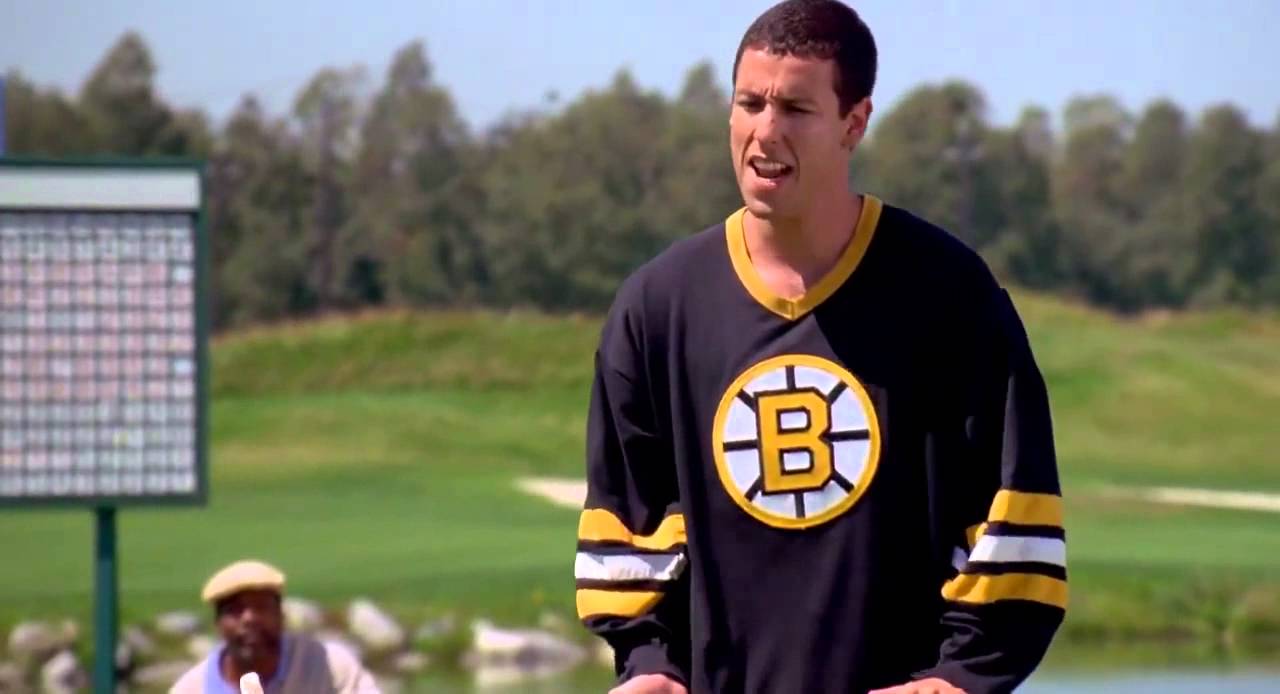Ok, I lied, it’s make able… I was out messing around with my short game yesterday and the pin on 9 was in a place that causes my buddy Dave to send an angry email about every time it’s there.
I decided to have some fun and see what I could do.
The green is a big, mostly two tier green with a weird little tier between the two on the right middle of the green… basically the left side of the green is two tiers seperate day by a consistent slope and the right side has a hill, four feet of flat, and then another hill. (I will take a picture of the slope book later)…
If you are a above the hole, it’s basically impossible to stop it on the flat spot without holing the putt. 90% of my putts of various lines and speeds ended up in a five foot circle 20 feet past the pin.
The short answer is to not hit it above the hole, but I’m wondering if anyone has strategies for when you do… it might even be worth trying to stop it on the fringe past the hole.
Thoughts?


